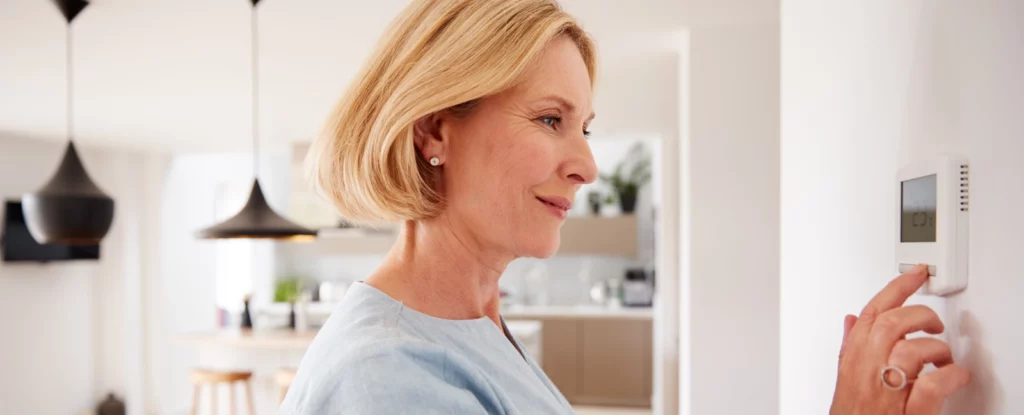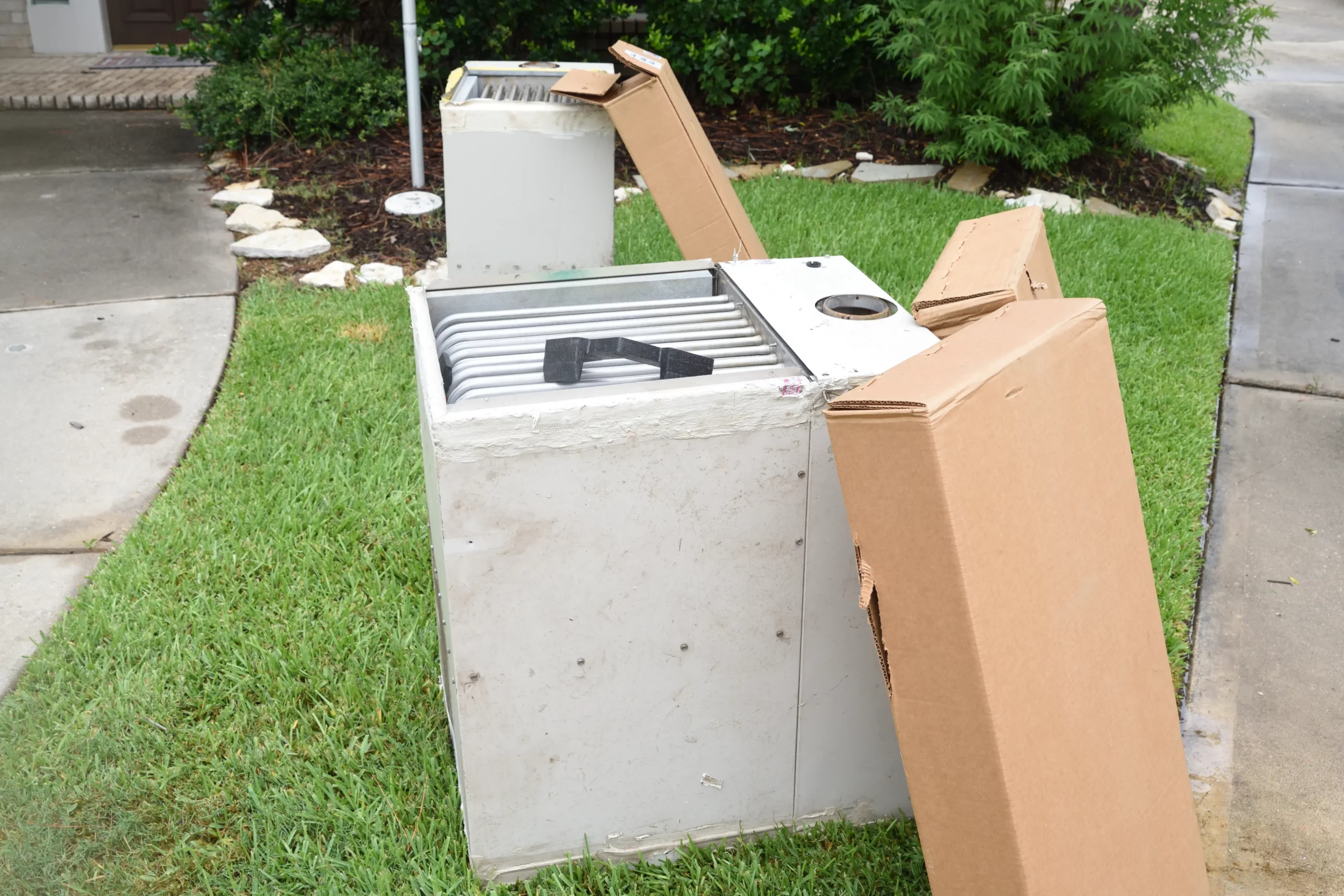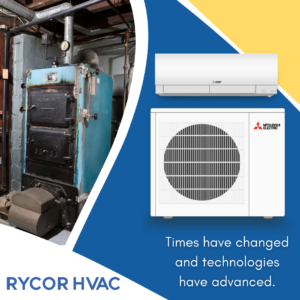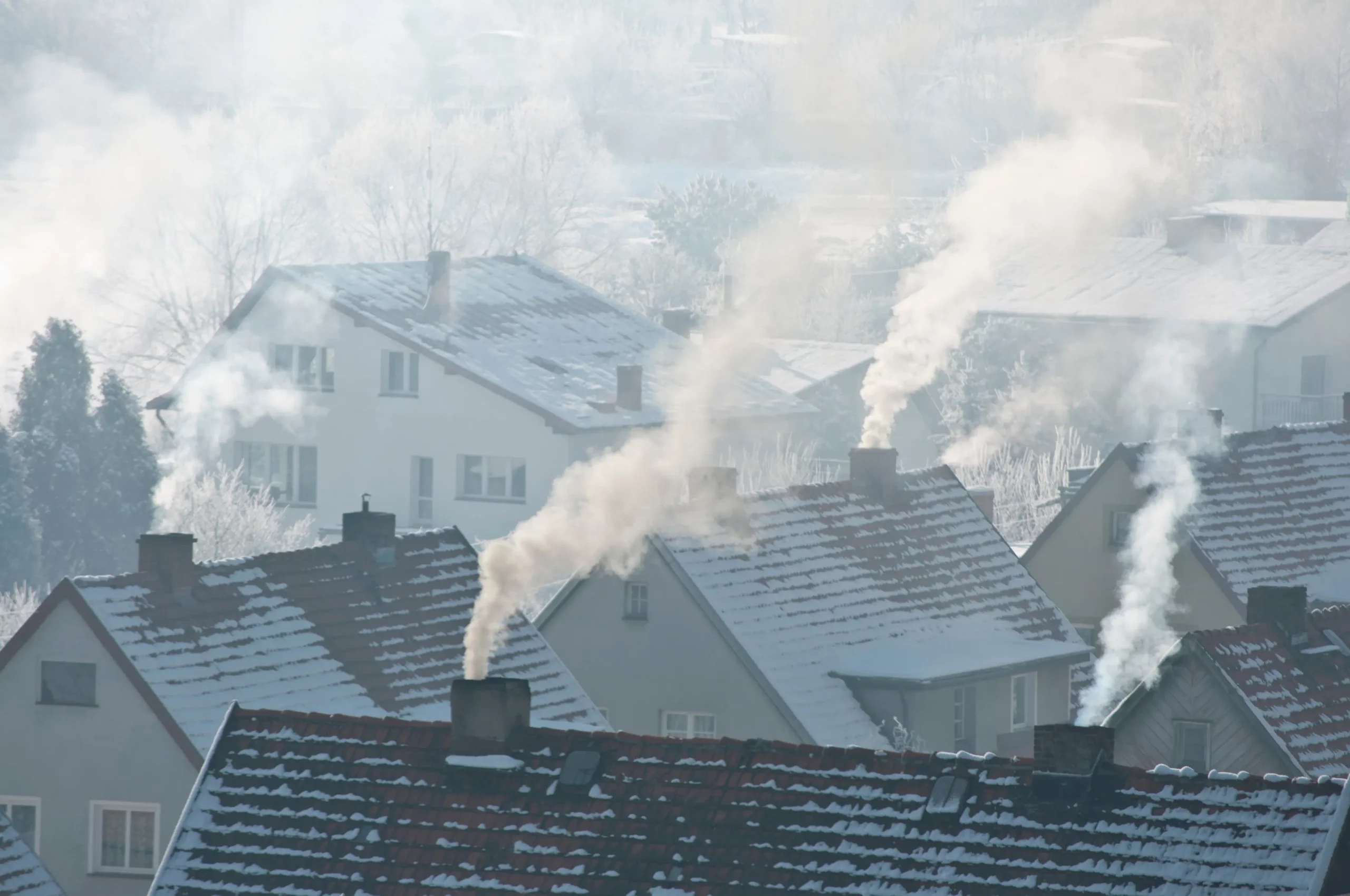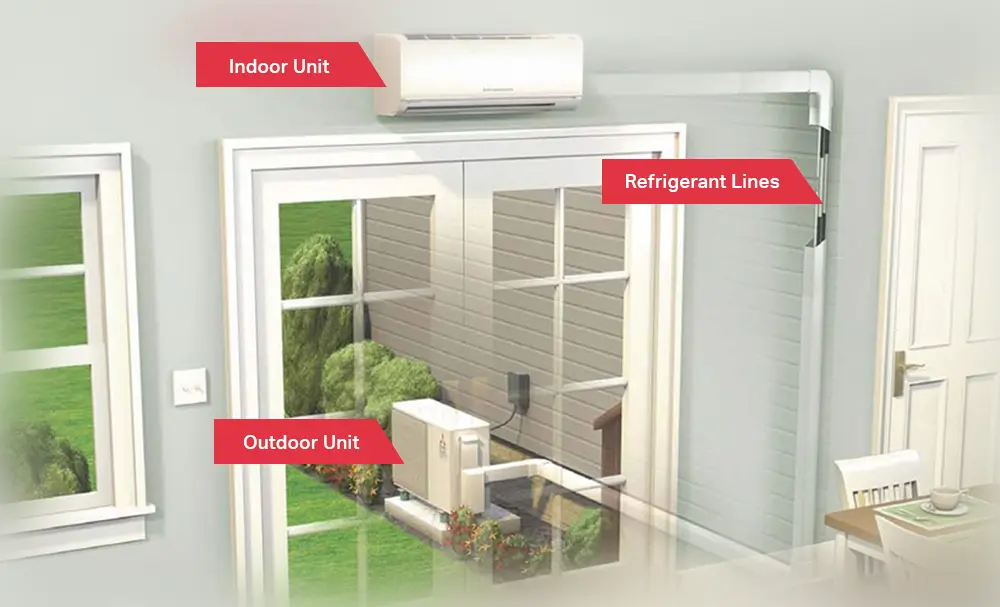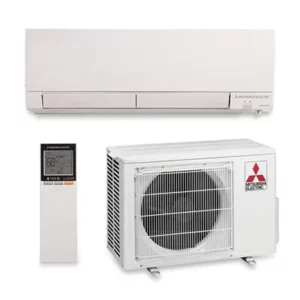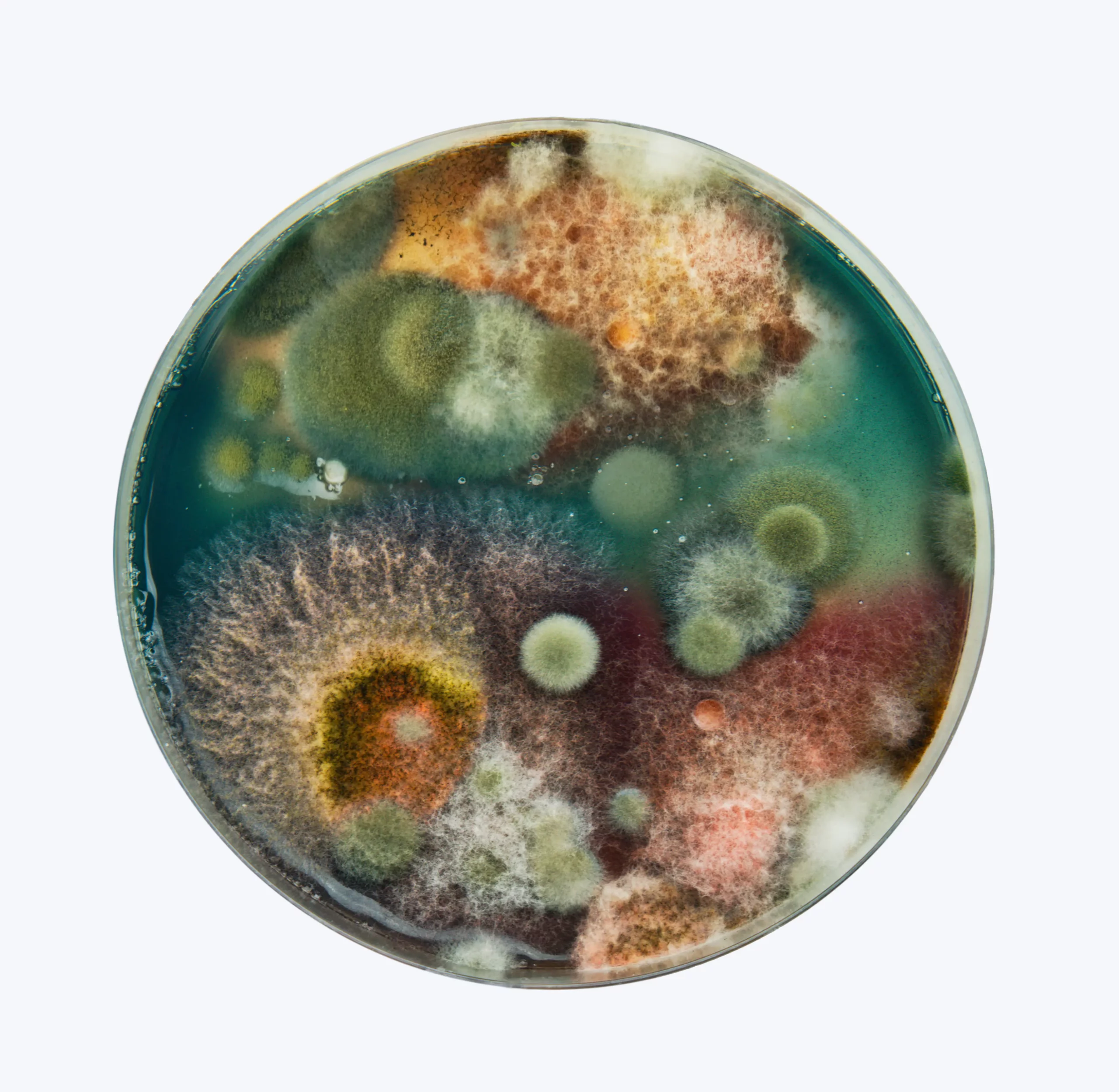Heating your home efficiently doesn’t only rely on your heating system; it also involves your everyday habits. By adopting smart heating habits, you can reduce energy consumption, lower your heating bills, and minimize your environmental footprint. Let’s delve into some practical and cost-effective strategies to optimize your home’s warmth while keeping energy usage in check.
Dress Warmly Indoors
Layering: Wearing layered clothing indoors is an effective way to stay comfortable at lower indoor temperatures. By bundling up, you can reduce the need to crank up the thermostat.
Use of Blankets: Keep cozy while watching TV or reading by using blankets or throws. They provide additional insulation and comfort without increasing your heating expenses.
Maximizing Natural Heat Sources
Sunlight: Take advantage of the sun’s natural warmth during the day. Open curtains or blinds to allow sunlight to enter your home. Sunlight can naturally raise indoor temperatures and reduce your reliance on heating systems.
Strategic Furniture Placement: Ensure that furniture, like sofas and cabinets, doesn’t block heat sources such as radiators or heating vents. Allowing warm air to circulate freely ensures a more evenly heated space.
Adjust Thermostat Settings
Lower Temperature at Night: While you sleep or when no one is home, consider lowering your thermostat setting. Cooler nighttime temperatures reduce heating costs without sacrificing your comfort. A programmable thermostat can make this adjustment automatic.
Use a Programmable Thermostat: Programmable thermostats are a valuable addition to your home. They allow you to create customized heating schedules, adjusting the temperature based on your daily routines. You can have warmer temperatures when you’re awake and lower settings when you’re away.
Close Doors and Curtains
Room Isolation: Close doors to rooms that aren’t in use. This prevents heat from escaping into areas where you don’t need it. It’s an easy way to optimize heating efficiency.
Curtains and Drapes: In the evening, close curtains or drapes to provide an extra layer of insulation against cold windows. This minimizes heat loss through the glass.
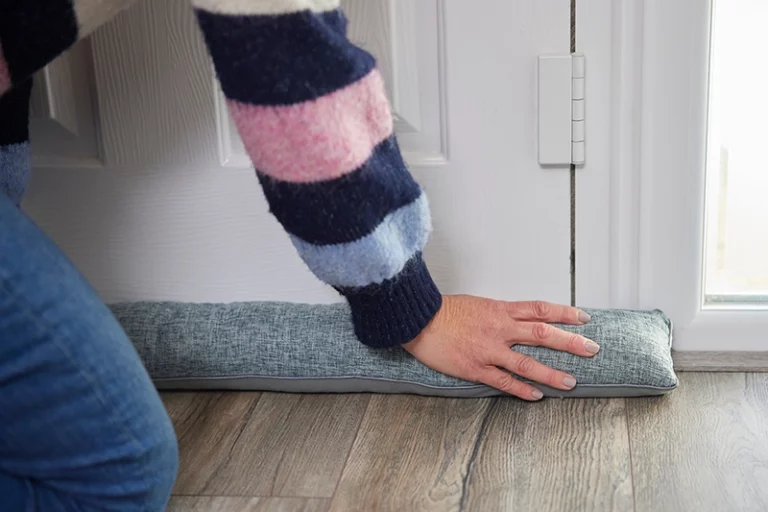
Use Draft Stoppers
Draft stoppers are designed to seal gaps along the bottom of doors. They prevent cold air from entering your home and stop warm air from escaping. Place these in areas where drafts are common, such as under exterior doors.
Optimize Ceiling Fans
During the winter, set your ceiling fans to rotate clockwise at a low speed. This pushes warm air back down to the living area, which is especially useful in rooms with high ceilings.
Regular HVAC Maintenance
Change Air Filters: The efficiency of your heating system depends on clean air filters. Regularly replace air filters to ensure your system operates optimally.
Scheduled Maintenance: Consider professional HVAC maintenance to keep your heating system in top condition. Routine inspections and servicing can improve energy efficiency and extend the lifespan of your equipment.
Cook and Bake Strategically
When you’re done cooking or baking, leave the oven door open for a while. The residual heat will warm your kitchen, serving a dual purpose and reducing the need for additional heating.
Avoid Blocking Radiators and Vents
Ensure that radiators and heating vents are not obstructed by furniture, drapes, or other objects. Unrestricted airflow allows for more efficient heat distribution throughout your home.
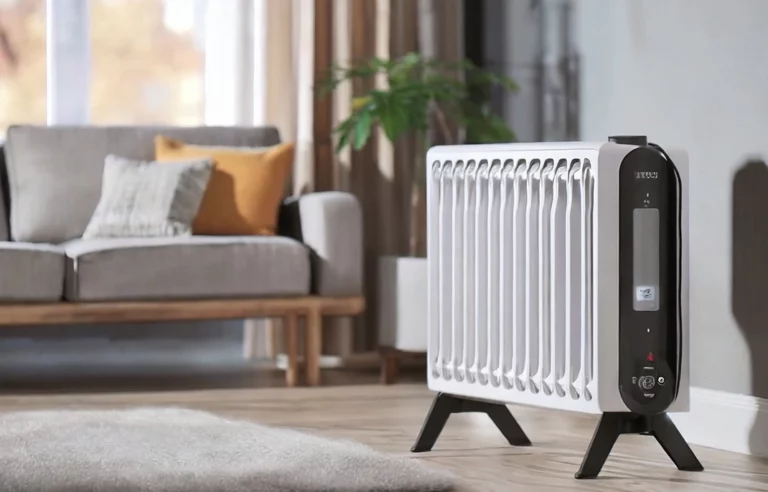
Use Space Heaters Efficiently
Space heaters can be energy-efficient when used selectively. Rather than heating your entire house, use them to warm specific areas as needed. Remember to follow safety guidelines when using space heaters.
Insulate Pipes and Water Heaters:
Insulate hot water pipes to prevent heat loss. This helps reduce the energy required to heat water for various household tasks. insulate your water heater to keep the water hot for longer periods, minimizing the need for constant heating.
Zone Heating
Zone heating involves focusing your heating efforts on occupied areas of your home while keeping other rooms cooler. This approach is an energy-efficient way to reduce heating expenses, allowing you to maintain comfort where you need it most.
Regularly Clean Radiators and Baseboard Heaters
Cleaning radiators and baseboard heaters is essential. Dust and debris can accumulate, hindering their efficiency and causing uneven heat distribution. Regular maintenance ensures better performance and heat dispersion.
Mind the Fireplace
An open fireplace damper can let warm indoor air escape, leading to heat loss and higher energy bills. Encourage closing the damper when the fireplace is not in use to prevent drafts and conserve heat.
Window Insulation
During the winter, consider using window insulation kits to prevent drafts and heat loss through windows. These kits create a barrier that retains indoor warmth, reducing the load on your heating system.
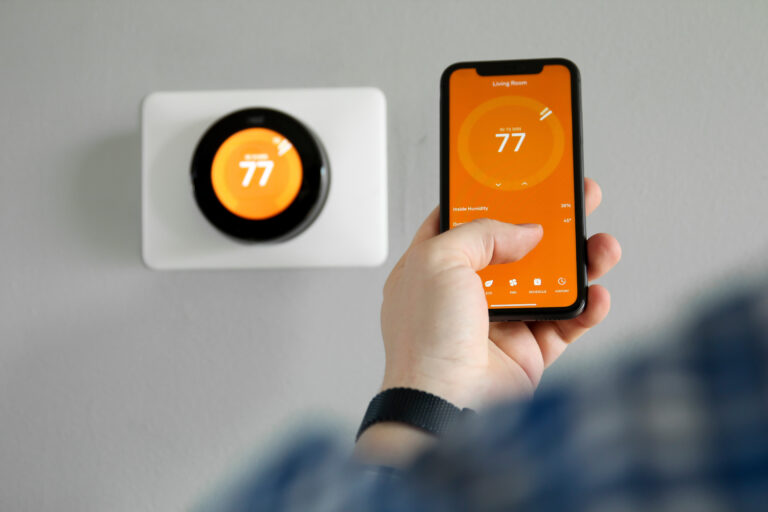
Invest in Smart Thermostats
Smart thermostats offer the convenience of learning your heating preferences and adjusting temperature settings automatically. By optimizing comfort and energy use, these devices can lead to significant savings over time.
Weatherstrip and Seal Doors and Windows
Reiterate the importance of sealing gaps around doors and windows with weatherstripping and caulk. Proper sealing prevents drafts and heat escape, ensuring that your heating system operates efficiently.
Reduce Heat While Cooking
When cooking, use lids on pots and pans to retain heat and reduce cooking times. This not only conserves energy but also helps to create a more comfortable kitchen environment.
Take Advantage of Home Automation
Home automation systems can integrate heating control, allowing you to adjust your heating system remotely through your smartphone or via voice commands. This modern technology empowers you to manage your heating more efficiently.
Schedule Regular Energy Audits
To receive expert advice on optimizing your home’s energy efficiency, recommend scheduling professional energy audits. These comprehensive assessments can identify areas of improvement and ensure that your heating system operates at its best.
By incorporating these additional smart heating habits into your daily routine, you can not only reduce your heating expenses but also enjoy a more comfortable living environment. These practices save you money and make a significant contribution to creating a more sustainable and energy-efficient home.



